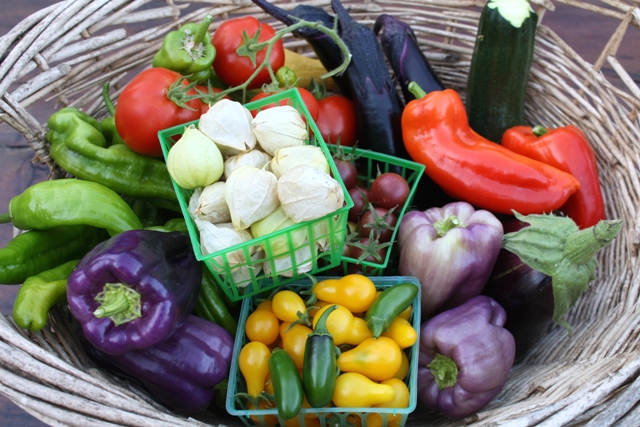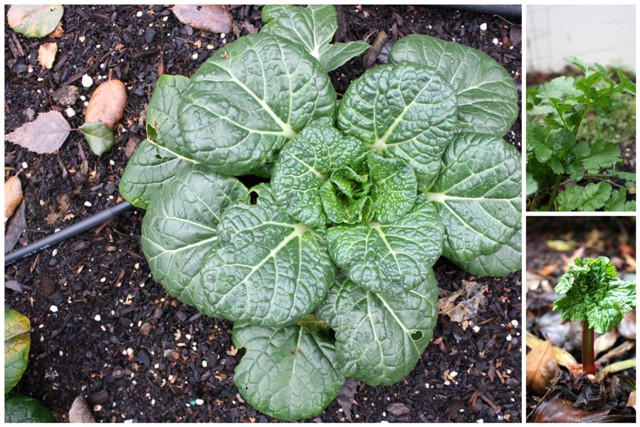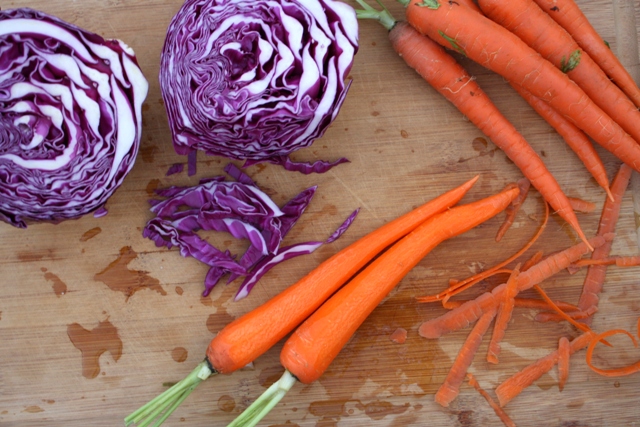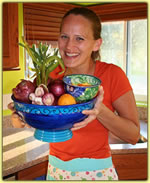How would you define Sacramento as an agricultural region? What sets our food scene apart?
A friend recently posed this question to me. She’s serving on a workgroup trying to identify how to market the Sacramento region’s agriculture.
Praising Sacramento’s agriculture? That’s something I always have time to help with.
Sacramento is paradise for a foodie. We’re the best kept food secret in the world. We are the food innovation capital of the world, in my opinion.
Yet, until very recently, we were also guilty of taking for granted our local bounty.
Having grown up in rural Illinois, I understand how poorly people eat when every local farmer is growing soy and corn for cattle feed or ethanol instead of food for human consumption.
The Sacramento region, on the other hand, leads the nation in farmers’ markets and roadside farm stands. California produces nearly half of U.S.-grown fruits, nuts and vegetables. We have a year-round growing season bursting with inspiration! Figs, pomegranates, kale, heirloom tomatoes, red walnuts—foods the rest of the world only dreams about, or pays a hefty fee to import.
We’re growing this food at such high rates that home owners donate excess produce from their backyard fruit trees to the food bank to get the fruit out of their way. Walk down any city street, and you’ll find perfectly good citrus falling straight to the ground to rot, unwanted, taken for granted.
Yet, Sacramento is turning a corner to embrace the amazing food we grow.
Sacramento is home to some of the world’s most renowned food writers: James Beard Award-winner Hank Shaw, cookbook heavy weights like Georgeanne Brennan and Deborah Madison (originally from Sacramento, now living in New Mexico). Pick up the latest copies of Best Food Writing (a compilation of the top food stories in the nation), and you’ll find The Sacramento Bee’s food and wine writer, Chris Macias, among other Sacramento writers featured. The world’s largest food blogger, Elise Bauer, is at home cooking something right now that once posted on her website, will likely enjoy hundreds of thousands of views in a single day.
Our approach to food ripples around the world!
If you have read any recent books about the food system, you’ll find a chapter (or two) about California. Tracie McMillan’s The American Way of Eating takes place in California farm fields. Fruitless Fall discusses the impacts of California’s almond crop on honey bees. Bet the Farm’s author Frederick Kaufman travels to our region’s universities and farms in his quest to understand our global food system’s impact on world hunger.
The Sacramento region is home to the country’s largest CSA (Community Supported Agriculture) program. California farmers, many of them in our region, grow 75% of the world’s almond crop, and process 90% of the nation’s canned tomatoes (35% of world production)—to name only a few.
 Eggplants (and other veggies) freshly picked from the garden.
Eggplants (and other veggies) freshly picked from the garden.
What we grow feeds the world, and our food systems set the bar for how farming is done across the country. The world’s biggest seed company, Monsanto, is located right here in our backyard.
Food innovations, for better or for worse, are happening right here.
Here in Sacramento, nonprofit heroes are working just as hard as food movement players in Cleveland or Kansas to address food access, hunger, or urban farming. We’re bringing food literacy education into elementary schools. We’re making food banks mobile. We’re bringing food stamps to farmers markets. We’re saving food waste from landfills and turning it into fuel.
But the thing that sets Sacramento apart is that our gripes about the food system are often heard in meetings where Big Ag is present. At a recent forum convened by the Sacramento Food Bank, attendees ranged from small urban farmers to social workers and teachers to lobbyists and commodity crop growers.
In Sacramento, not only are nonprofits innovating solutions to our broken food system, but we also have the opportunity to hold court with the biggest offenders. They have to look us in the eyes. They show up to our meetings and serve on our boards. Locally, they recognize the power of the food movement to shift our nation’s food system.
What happens in Sacramento’s food scene will have ripple effects around the nation.
 Far left: tatsoi, an Asian green similar to spinach. Top right: cilantro. Bottom right: rhubarb.
Far left: tatsoi, an Asian green similar to spinach. Top right: cilantro. Bottom right: rhubarb.
Sacramento is where the world’s best food meets innovation on the ground. And you can bet our successes and challenges will be covered by local food writers, who post them on blogs and in newspapers viewed around the world.
What happens in food in Sacramento affects global food in a big way. Those of us working within this system carry a great deal of responsibility on our shoulders.
How would you describe Sacramento as an agricultural region? Leave your comments here, and I’ll pass them along to my friend’s workgroup. Maybe your voice will influence how our region’s agriculture is defined.




 Follow
Follow



{ 1 comment… read it below or add one }
It seems the Sacramento agricultural region is best described just as you said–a really good secret. When confronted with the landscape from afar it doesn’t look like much. There are no hillocks high and close at hand to see the patch and spread of farmland. The summers are hot and dry and it seems a miracle that everything doesn’t just ignite by the sun’s sheer force. And yet. Stick a fig branch in the ground, add water, and it will grow. Add a little water to much of anything and BAM! there goes the neighborhood. Sacramento is a study in subtlety–we are hush-hush, secretive, demur. Until, at least, the harvest comes in.